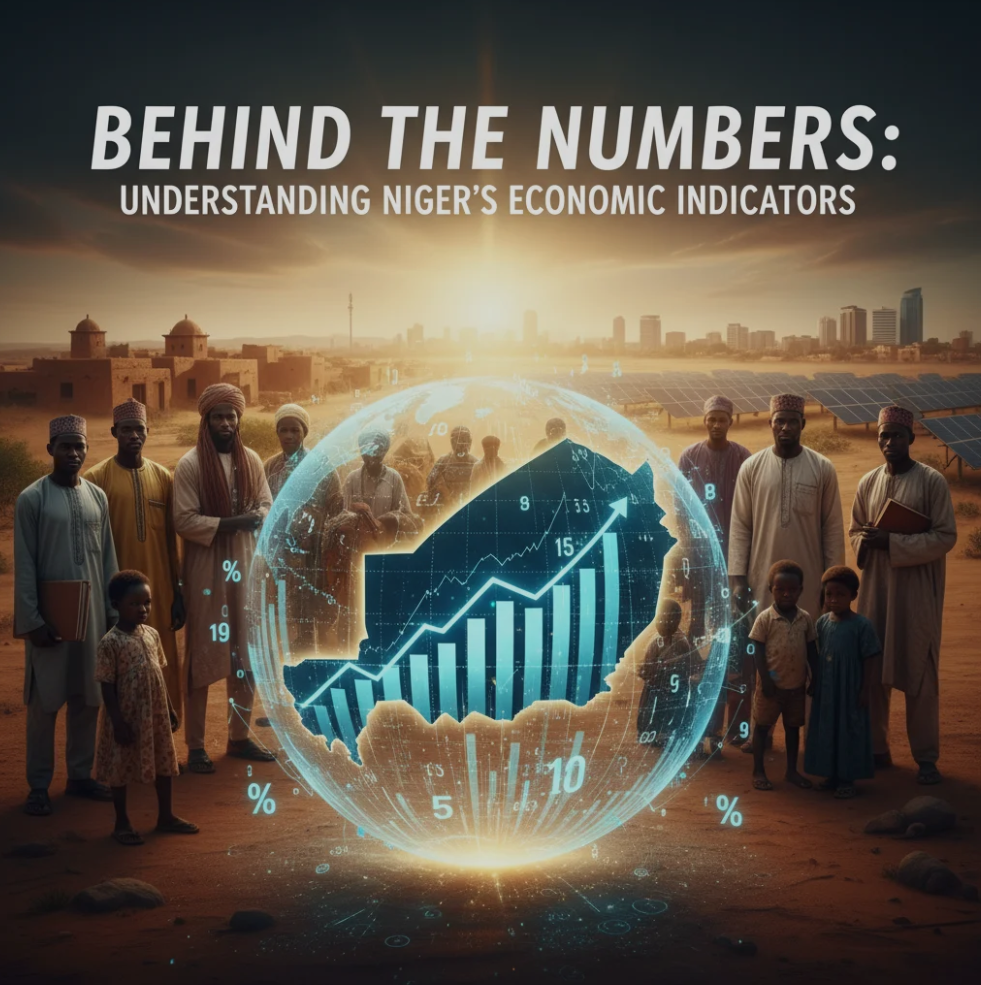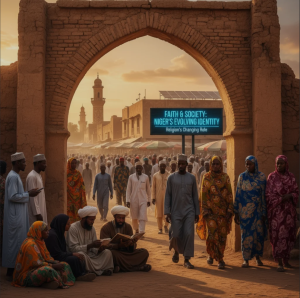Economic data often looks like a wall of numbers, but behind each figure lies a story about how a country grows, adapts, and envisions its future. Niger’s indicators—GDP trends, inflation, trade balance, and employment shifts—reveal a landscape shaped by resilience, youthful energy, and structural challenges.
GDP Growth: A Developing Economy in Motion
Niger’s GDP growth often fluctuates due to climate-sensitive agriculture and shifts in global commodity prices. Strong growth years usually reflect:
- Favorable rainfall improving crop yields
- Expanding mining activity, especially uranium and gold
- Infrastructure investments powered by international partnerships
Slow years, on the other hand, highlight the economy’s vulnerability to droughts and external shocks.
Inflation: The Daily Cost of Living
Inflation in Niger tends to mirror regional pressures across West Africa.
Key influences include:
- Food prices driven by seasonal harvests
- Import costs affected by global markets
- Fuel prices and transport conditions
For households, inflation isn’t just a number. It shapes what families can afford, how markets operate, and how businesses plan ahead.
Employment and Demographics: A Youthful Workforce
With one of the youngest populations in the world, Niger’s labor force holds immense potential.
Current trends show:
- High informal sector participation
- Growing interest in entrepreneurship
- Limited formal job creation struggling to keep pace with demographic growth
Youth-focused policies, vocational training, and digital-skills programs play crucial roles in unlocking this human capital.
Trade Balance and Resource Dependence
Niger’s trade profile revolves around:
- Exports: Uranium, livestock, agricultural products, and increasingly gold
- Imports: Food staples, machinery, refined fuel, and manufactured goods
This creates a persistent trade deficit, making diversification a national priority.
Infrastructure and Investment Signals
Energy access, transport corridors, water systems, and mobile connectivity are all improving, though unevenly.
Indicators to watch:
- Electrification rates
- Rural-to-urban connectivity
- Mobile money adoption
- Public and private investment flows
These shape long-term competitiveness and economic inclusion.
Human Development Indicators: Measuring Quality of Life
Economic numbers are incomplete without human-centered data.
Important measures include:
- Literacy rates
- School enrollment, especially among girls
- Healthcare access
- Nutrition and food security
These indicators illuminate the social foundations that determine whether growth becomes widely shared.
Why These Numbers Matter
Understanding Niger’s economic indicators gives policymakers, investors, and citizens a clearer sense of direction. They show where the economy is strong, where it’s strained, and where targeted action can create lasting change.
Niger’s story is not defined by its challenges but by its momentum. Behind every metric lies a nation navigating transition, building resilience, and shaping a future driven by its people’s determination.




